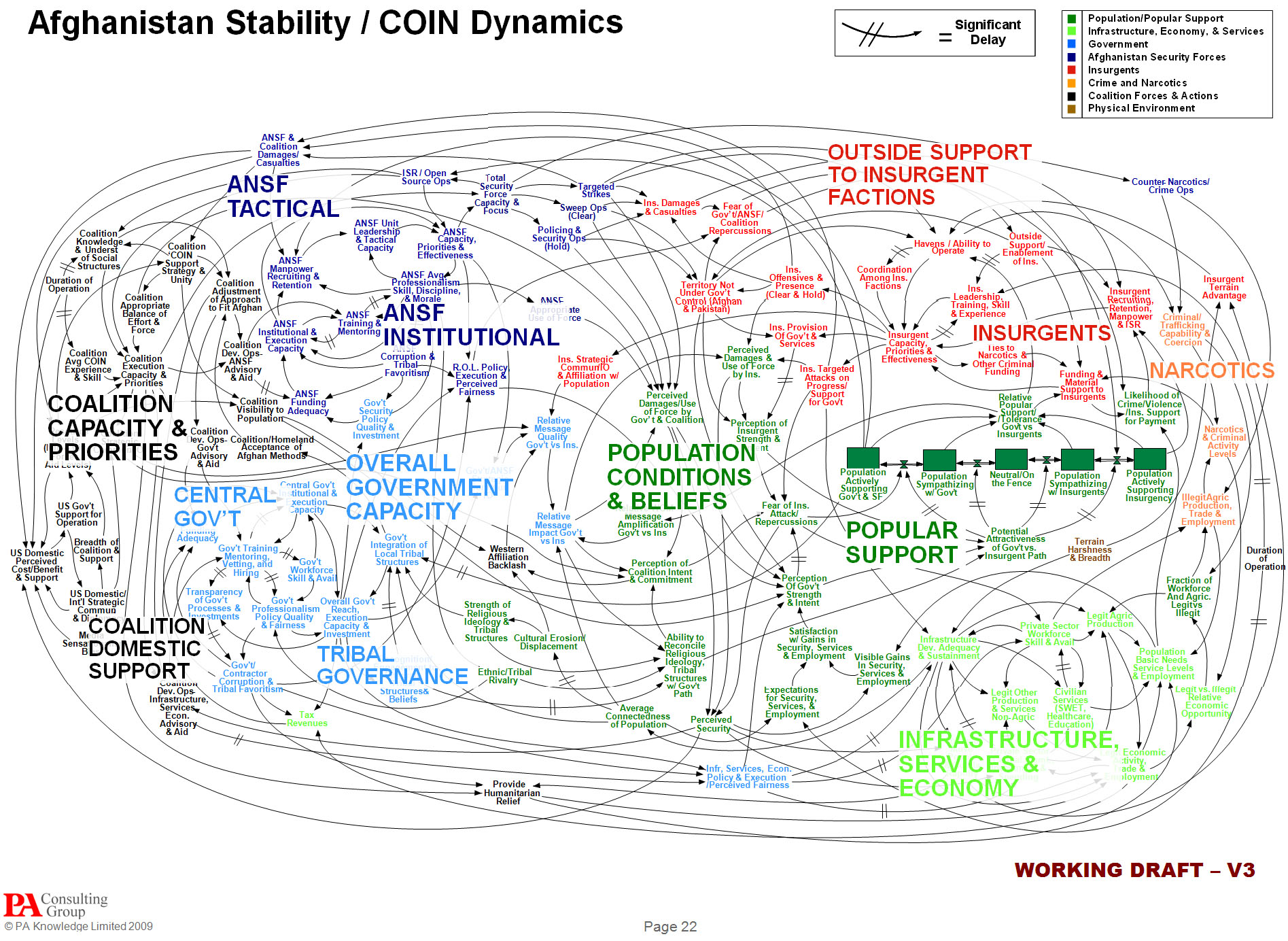Cohen, P. (2010). “Long Road to Adulthood Is Growing Even Longer.” The New York Times. Retrieved on 23 June, 2010. http://www.nytimes.com/2010/06/13/us/13generations.html Summary: Recent studies and surveys reveal the shift to adulthood in the United States is occurring later in life and that traditional markers of such a transition are also being reconsidered. Finishing one’s education, becoming financially independent – these milestones are still associated with people in their late teens and early twenties. However this article suggests these milestones, for many people, are now not being met even in their 20s or 30s. Marriage and having children are happening much later in life on average or are not happening at all. While getting married or having children is now more commonly viewed as a lifestyle choice, pursuing higher education is more common than ever before. Pursuing more education and professional opportunities are cited as factors in causing this shift. As the average age for one’s first marriage has shot up across all ethnic and income groups, the number of children born outside of marriage is at 40 percent, up from 28 percent in 1990 showing that this shift is broad and it’s redefining adulthood not only in terms of when…
Ethnographic & User Data
Cognitive Blindness, Conceptual Design, Contributor, Ethnographic & User Data, Interaction Design, Interface Design
Women Easier to ‘Read’ Than Men
by Valerin •
BBC Staff. (2009). “Women’s Traits ‘Written on Face’.” BBC News. Retrieved on 22 June, 2010. http://news.bbc.co.uk/2/hi/uk_news/scotland/glasgow_and_west/7884223.stm Summary: This article is about the findings of a Glasgow University and New Scientist study carried out by Dr. Rob Jenkins of Glasgow University and Professor Richard Wiseman of the University of Hertfordshire. The study examined the extent to which personality traits could be identified from people’s facial features. The results suggest that women’s personality traits can be more easily identified via facial features than men’s personality traits. These results were surprising (Dr. Jenkins is quoted as saying “We did not expect there to be such a big difference between the sexes.”) and may offer some insight for future research on the link between a person’s physical appearance and his/her personality. Over 1,000 New Scientist readers participated in the study which consisted of a photograph (in which, like a passport photo, the participant is looking directly at the camera) submission and an online personality questionnaire listing four personality dimensions: lucky, humorous, religious, and trustworthy. Participants rated how they believed they fit into the four personality dimensions, and the extremes of these ratings (for example, those who are “very lucky” and “very unlucky”) were identified and grouped…
Cognitive Blindness, Contributor, Ethnographic & User Data, Interface Design
On Skin Color and Pain Empathy
by Sara.Rahiman •
Mann, D. (2010). “Skin Color Affects Ability to Empathize with Pain.” CNN.com. Retrieved on 23 June 2010: http://edition.cnn.com/2010/HEALTH/05/27/race.empathy/index.html?hpt=C2 An article written by Denise Mann, Skin color affects ability to empathize with pain”, raises some controversial questions around race. According to Mann’s article Neuroscience research has demonstrated that humans are hardwired to feel another person’s pain. For example when someone stumps their toe or fall, people reacts in ways as if they felt the other person’s pain. A study conducted in Italy argues that people feel less empathy for some that has different skin tone. Researchers have found that one reaction to another person’s pain can be racially subjective. Can race really play a role in pain empathy? The study monitored people’s nervous systems activity by tracking heart rates and sweat gland activity when they were watching clips of white and black hands being pricked by needles. The finding was that observers reacted more to the pain of someone with the same skin tone. The experiment was also used on a purple hand in which participants empathize with more than they did with a hand from another race. The author takes these claims and applies it to how medical practitioners may…
Cognitive Blindness, Errors, Ethnographic & User Data, Pipsqueak Articles, Users
Cognitive Blindness: Super-recognizers
by Olga Werby •

Health Check, the BBC World Service’s weekly round up of global health stories, did an audio broadcast on super-recognizers—people with extraordinary abilities to recognize faces. You can listen to the entire story by Claudia Hammond at http://news.bbc.co.uk/2/hi/health/8665805.stm This story deals with differences in ability to recognize faces. There are people who are so bad at it that it is a pathology—when a mother can’t recognize her child among the pupils in the day care center, it’s more than inconvenient. Then there are all those embarrassing moments when you meet someone at a party for what you think is the first time only to have that person insist that you’ve met before. And the far end of the continuum, there are the super-recognizers—individuals that never forget a face even after a very brief interaction. We only now recognize the fact of super-recognizer, because most of us are not too bad and not too good at facial recognition—we are mostly average. And our average ability to recognize faces limits our ability to spot people who could do better. We were experiencing cognitive blindness—inability to perceive cognitive differences in abilities of others. And super-recognizers, similarly, didn’t know that they were somehow different from…
Cognitive Blindness, Cultural Bias, Cultural Differences, Ethnographic & User Data, Pipsqueak Articles
Globalization and Cultural Errors
by Olga Werby •

There was a time when a product designed for a specific geopolitical region would have stayed there for the duration of its existence. With few exceptions, products didn’t travel the world to areas where they would be considered a fopaux. These products were cultural curiosities displayed by adventurous tourists for the pleasure and laughs of their friends and family. But things change. Product design and usability protocols now have to include culture experts. What works well in one place, for one group of users, at a particular time won’t do so under other circumstances.
Cognitive Blindness, Conceptual Design, Contributor, Ethnographic & User Data, Interaction Design, Interface Design, Users
Before you cast that vote on the ballot this November…
by Annie •
Article: McGrath, M (2008). “Political views ‘all in the mind’.” BBC World Service. Visited on 18 September 2008 http://news.bbc.co.uk/2/hi/science/nature/7623256.stm Conceptual Design — to investigate the level of connection between a person’s political views and her/his physiological makeup, e.g. that person’s sensitivity to fear or threat. Interaction Design — small study targeting potential voters, exposing them to various sights & sounds that may provoke fear, and checking their responses against their political views on multiple issues. Subjects were first asked a series of questions regarding their political views on multiple issues (like gun control, capital punishment, abortion, etc.). Then, using electrical conductance to measure subjects’ skin & blink responses, they were exposed to a series of intentionally frightful images & sounds. This is used to determine their levels of sensitivity to fears & threats Interface Design — creepy images like a scared man with a tarantula on his face, and an open wound with maggots in it, and loud, unexpectedly intrusive noises Summary — while this study is geographically limited (conducted only in Nebraska) and statistically insignificant (n=46), it does offer an interesting hypothesis that people who are highly sensitive to threats & fears tend to support a right-wing agenda. From…
Ethnographic & User Data, Interface Design, Perceptual Focus Errors, Pipsqueak Articles, Product Design Strategy, Users
Understanding Complex Visual Information…
by Olga Werby •

…or not comprehending it, as the case may be. A few years ago, I wrote a paper about people’s ability to comprehend complex visual information such as graphs, charts, diagrams, maps, and so on. Intuitively, we are culturally-trained to believe that it’s much easier to extract information from a picture than from text. But upon testing this belief (p-prim, for those in the know), I found that contrary to the notion “a picture is worth a thousand words,” it’s much more difficult to get data from an illustration than from a story. While emotional impact might be larger with a picture, it’s not true for comprehension. You can read the results of my study at http://www.pipsqueak.com/pages/papers.html “Visual Symbolic Processing in Modern Times” paper presented at AACE ED-MEDIA Conference in 2008. Since then, I’ve collected more data, and the results are similarly aligned: problem-solving requiring higher level visual symbolic processing skills is difficult and results in communication failures. A secondary, and surprising, finding was a gender discrepancy in performance outcome testing of visual symbolic processing skills. Higher level and lower level visual symbolic processing are defined in the paper. And anyone interested in testing their visual processing skills are welcome to…
